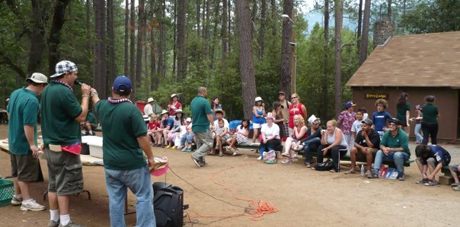The current form of government in San Jose is a city manager form of government. I have encountered many residents who find this confusing. Many residents believe that the mayor is the boss, which is not the case in San Jose.
The distinction in a city manager form of government is that a career administrator implements policy from the elected body. However, the specifics on implementation and overseeing the actions of employees sits with the city manager.
Dallas, Texas, is a city that has a city manager form of government, while many other iconic cities have a strong mayor form of government, like New York, Chicago, San Diego etc….
Some have talked about changing our government structure to a strong mayor, so that the mayor would hire and fire department heads. However, for some this may seem too bold, and in San Jose it seems we are used to incremental change. Any change to the power of a mayor would require amending the city charter, which requires voter approval from San Jose residents.
I would propose an incremental step where the city manager form of government stays intact but allows the mayor to be granted new authority. The new authority should be to hire and fire the director of the planning department. This discussion/proposal has zero to do with the current mayor, city manager or planning director and everything to do with accountability.
The way it works now is that the mayor, who is the only person elected by the entire city, is only one vote out of 11 on the City Council. That seems odd, and in many cases it does not allow for the best long-term interests of the city to be implemented. If a future mayor is not meeting expectations of the electorate when it comes to economic development—that may pertain to the rapid permitting of commercial development, for example—then that mayor could be held accountable since he/she oversees the planning department.
With the way things are now, it is hard to point a finger at anyone since there is no direct line of authority. And, again, the mayor is only one vote of eleven.
For some, this may not be bold enough and for others it may be moving too fast. However, I believe residents want San to be the best it can be and part of that is building a strong economic base. Outside of a major recession, residents should be able to evaluate their mayor on the success of growing the pie among other criteria.
There is a cost to putting this on a future ballot. However, there is also a potential opportunity cost, because future development would get a direct answer instead of a splintered one. The result would be a likelihood of faster time periods to market for new commercial buildings.
